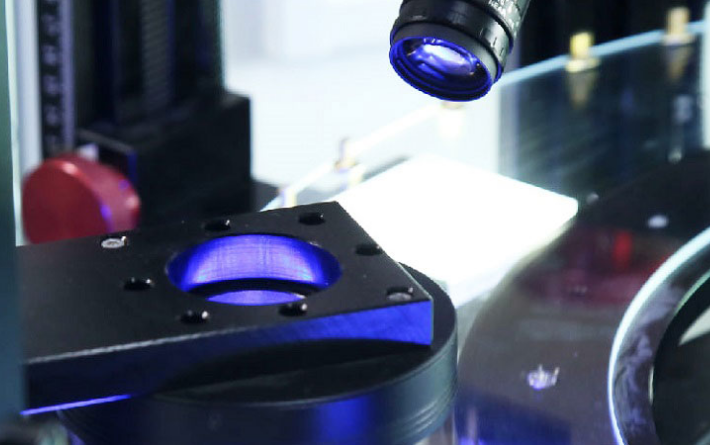0755-27094541
NEWSNEWS
New Products
Contact Us

Phone:0755-27094541
Address:No. 2099, Jincheng Road, Minzhu Community, Shajing Street, Bao an District, Shenzhen
Customized hotline:136 3150 2760
Light source selection of visual inspection system
Source:UpdateTime:2022-10-04 10:00:00Clicks:906TimesType size:T | T
The robot vision inspection system is characterized by improving the flexibility and automation of production. In some dangerous working environment not suitable for manual work or artificial vision is difficult to meet the requirements of the occasion, commonly used machine vision to replace manual detection; At the same time, in the process of mass industrial production, using artificial vision to check the quality of products is low efficiency and accuracy is not high, using machine vision detection method can greatly improve the production efficiency and the degree of automation of production. And machine vision is easy to realize information integration, is the basic technology of computer integrated manufacturing. The product can be measured, guided, detected and identified on the production line of rapid production, and can complete the production task with quality and quantity guaranteed.

In the robot vision system, it is very important to obtain a high quality image that can be processed. The reason why the system is successful is to ensure that the image quality is good and the features are obvious. The failure of a machine vision inspection project is mostly caused by poor image quality and not obvious features. To ensure a good image, you must choose a suitable light source.

Basic elements of light source selection
Contrast ratio:
Contrast is very important in machine vision systems. The lighting task of machine vision application is to make the maximum contrast between the features that need to be observed and the image features that need to be ignored, so as to easily distinguish the features. Contrast is defined as a sufficient amount of gray difference between a feature and its surrounding area. Good lighting should ensure that the features to be detected stand out from the rest of the background.
Stability:
Another way to test a good light source is to see if it is minimally sensitive to the position of the component. When the light source is placed in a different area of the camera's field of view, the resulting image should not change accordingly. The highly directional light source increases the possibility of specular reflection on the highlighted area, which is not conducive to the subsequent feature extraction.
Brightness:
When choosing between two light sources, the best option is to choose the brighter one. When the light source is not bright enough, three bad things can happen.
1. The SNR of the camera is not enough;
2, because the brightness of the light source is not enough;
3, the contrast of the image is not enough, the possibility of noise on the image is also increased.

Secondly, the brightness of the light source is not enough, so it is necessary to increase the aperture, thus reducing the depth of field. In addition, when the brightness of the light source is not enough, random light such as natural light has the greatest impact on the acquisition of features.
A good light source is one that makes the features you're looking for obvious, produces maximum contrast and brightness beyond the parts the camera can see, and is adequate and insensitive to changes in the position of the parts. With your light source chosen, the rest of the job is much easier.
- Previous Article:Can optical screening equipment detect multiple products at the same time?
- Next Article:Laser triangulation for visual inspection
- Fast size inspection machine

- Laser blind hole inspection machine

- Features of plate bending inspection machine +...

- High-speed hole inspection machine

- Horizontal visual inspection machine

- X-RAY Inspection machine

- PCB visual inspection machine

- Finished hole inspection machine

- Drilling and checking machine



 wechat consultation
wechat consultation